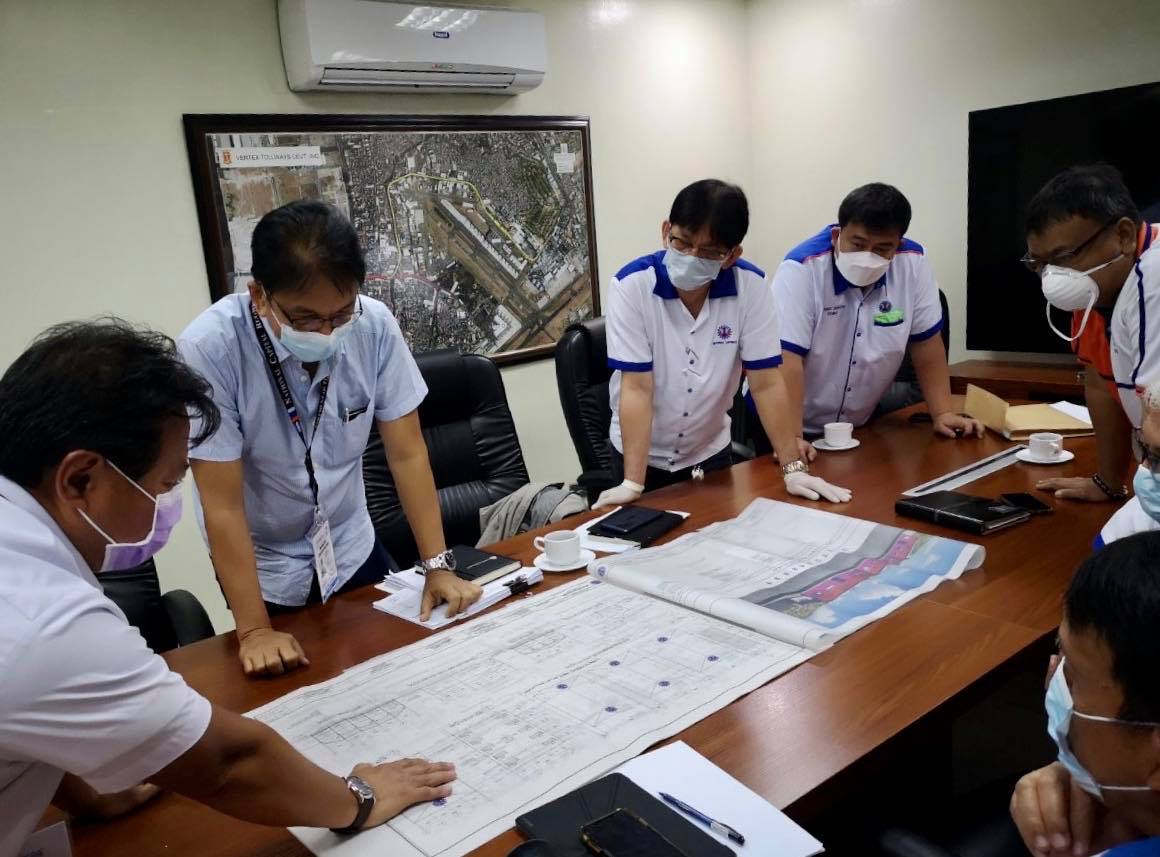
The Department of Public Works and Highways (DPWH) plans to build temporary dormitories that will house health care workers of major hospitals along East Avenue and Quezon Avenue in Quezon City.
The establishment of safe and secure temporary physical shelter is muchly needed by hospital workers after a strenuous day at the frontlines of COVID-19.
In his report to Secretary Mark A. Villar, Undersecretary and head of DPWH Task Force Head for Augmentation of Health Facilities Emil K. Sadain identified the Quezon Memorial Circle or the wide ground of Veterans Memorial Medical Center as ideal sites of proposed temporary accomodation house for healthcare workers from East Avenue Medical Center and Philippine Heart Center located at East Avenue; Lung Center of the Philippines and National Kidney and Transplant Institute in Quezon Avenue; and Veterans Memorial Medical Center in North Avenue who are all in the fight against this pandemic.
Purpose-built dormitories made of collapsible components can be fabricated to temporarily house medical doctors and hospital staff.
Undersecretary Sadain said that Dr. Gloanne C. Adolor of the Lung Center of the Philippines has earlier expressed the need to build a place to rest for hospital workers tirelessly serving the healthcare need of patients as there are no longer space available in the hospital.
With available place for accomodation, medical personnel need not to travel from hospital to home for a short rest. This is also for the healthcare protection of the family of health workers since they are frequently exposed to patients.
Based on the design plans prepared by the DPWH Task Force, a one (1) storey dormitory can have 16 rooms with separate toilet by joining together assembled two (2) 40-foot modular container on both left and right side with the middle space for common dining and separate space for laundry and kitchen area at end.
More than providing facilities for accommodation, the off-site dormitories proximate to hospitals will also improve health workers’ ability to adequately monitor the health status of patients.
When no longer needed, the temporary dormitories can be disassembled and each of the components can be safely stored by DPWH for other related requirements such temporary shelter during disaster/calamity response.
